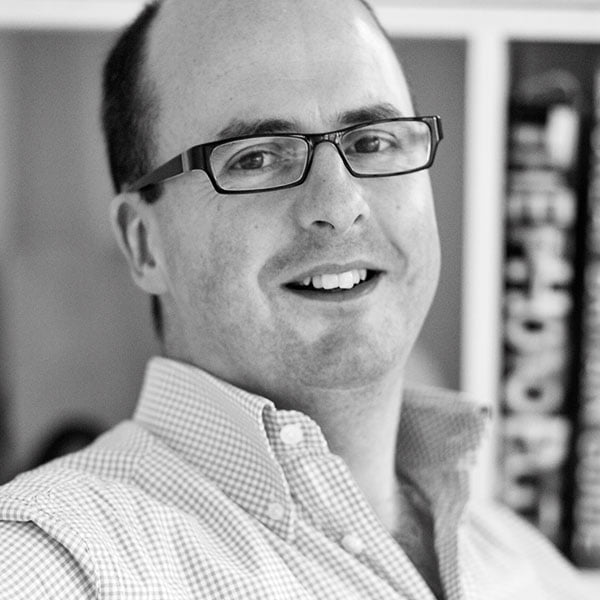Focusing on the work of Ciaran, our video producer
Ciaran produces all types of corporate video including for campaigns, case studies, new products and service launches and personal testimonials.
What defines his output is a focus on client messaging which he brings skilfully to life. He is also used to working sensitively with senior executives and board directors, conscious of their time constraints.
Frequently, Ciaran and I, or other members of the Piranha team, work together at events such as seminars, conferences, and on CEO and other interviews, all capturing stills and video together.
Here Ciaran answers questions around the best use of video when it comes to corporate image presentation.
Do companies and organisations think creatively enough when commissioning video? What could they be doing differently to make the most of the medium?
There’s certainly scope to use video more creatively. A good starting point for clients should be to ask what are the communications challenges to solve. There’s a tendency sometimes to worry about what the video will look like before asking first what it’s for. The best part of my job is teasing out a story, helping individuals express themselves confidently in interviews, and producing video that looks great.
How much attention do you need to pay to a client’s brand or use of visual imagery when making videos for them? Does everything have to work precisely with their brand guidelines?
The proper use of logos, fonts and corporate colours is non-negotiable, but the best brand guidelines also offer the flexibility to be fast and inventive. More important is alignment around messaging and creative approach. Much of what we do is subjective; choice of music, pacing and shot selection. Ultimately, we’re making something that a viewer must find interesting or informative.
What’s it like working in tandem with a photographer? How do you decide what each person shoots? What’s the best division of roles when there could be some overlap in duties?
At events, clients will usually want both stills photography and video. Over many years of working together across these kind of projects, we’ve become accustomed to coordinating our movements. Of course, this means not obstructing each other’s shots! But it also improves efficiency. If we’re interviewing an executive or attendee, that might be a good opportunity to capture a photograph of them. Similarly, there is often plenty of equipment to organise at the start and end of the day. Knowing there is somebody who can reliably help with this is invaluable. In essence, it’s about good communication between all parties, and using Piranha saves clients’ time because they can brief one or more of us either separately or at the same time, and together we ensure continuity of presentation and messaging.
When filming panel discussions or presentations in which the ‘action’ is largely static, what are your tips and techniques for getting the most interesting footage?
We start from the point of view of editorial planning. What’s the narrative the video is aiming for? What can be added after filming in terms of graphics, cutaways, graphs and charts, music and archive footage? Video can be short and sharp for punchy impact or longer to allow time to develop more complex ideas. The art is in choosing the right options for the job in hand.
What about music? How do you decide which music works best in your videos when there’s so much choice?
We have commercial licences across several music libraries. In advance of a project we’ll ask what the use case is for the video, to ensure we are only using music with the appropriate clearance. Copyright infringement can have significant financial consequences, so we are diligent in explaining what use is permitted, and offering music from libraries with the most flexible and generous terms.
Of course, there’s so much of it to choose from. Music tastes are very subjective and we often experiment to find a track most suited to the project. If we are working to very tight deadlines, we can give clients music options in advance so we have narrowed it down before cutting the video. This lessens the need for revisions.
All our work in progress is shared with clients to review on a private online portal. This enables us to pool comments and make changes all in one go, which saves time. We strongly advise clients to limit the numbers reviewing content because it’s important not to make changes for changes’ sake, which can be an issue when everyone feels like they must add their opinions. Until a video is shared, it can make no impact. So as far as possible we’re trying to move the projects successfully to completion at pace!
What are your thoughts about having projected screens/logos at a conference rather than something actually printed on the plinth or on a wall behind the speakers?
Frankly, logos and other branding look much better on video when subjects are filmed against printed backgrounds. We can work round projected images but they are never as sharp.
It’s worth remembering that we can apply branding afterwards in post-production. If we’re filming interviews at a conference, for example; the preference would always be to reveal some of the environment. Be it a beautiful hotel, conference centre or historic building, all will be contributing to the ambience and character of the event. The logos of organisers and sponsors that might be featured on a step-and-repeat backdrop, can be more successfully added to video as graphics on a title slide.
How do you see AI affecting your job?
We’re already using AI in several capacities. First, it’s very useful when it comes to editing transcripts. We don’t have to watch footage of interviews repeatedly; we can run it through software with key word searches to immediately focus on the essential moments and messages. This helps improve the final cut, saves our editor’s time, and enables us to get work to clients faster.
AI also helps cut down or even eliminate background noise or interference, so each speaker’s voice can be isolated against background chatter and hubbub. This can be so useful in bustling conference environments, or to minimise the noise of air conditioning units in offices.
We’re also seeing an exciting use for reviewing footage spoken in foreign languages, which can be translated and then automatically captioned in English. It still needs to be carefully checked, particularly if there is a regional dialect, but it helps our editors get to work faster.
Generative AI is also an exciting prospect, but our most immediate gains are with improvements to existing processes, tools and infrastructure. The licensing models around music and sound effects are giving clients access to audio that might previously have been cost-prohibitive. Faster internet connections and collaborative workflows means we can work with a colourist in Columbia, a sound designer in North America, or a generalist editor in Australia – ‘chasing the sun’ for those most time-critical projects. These advancements are to the benefit of clients, as much as they are to us.
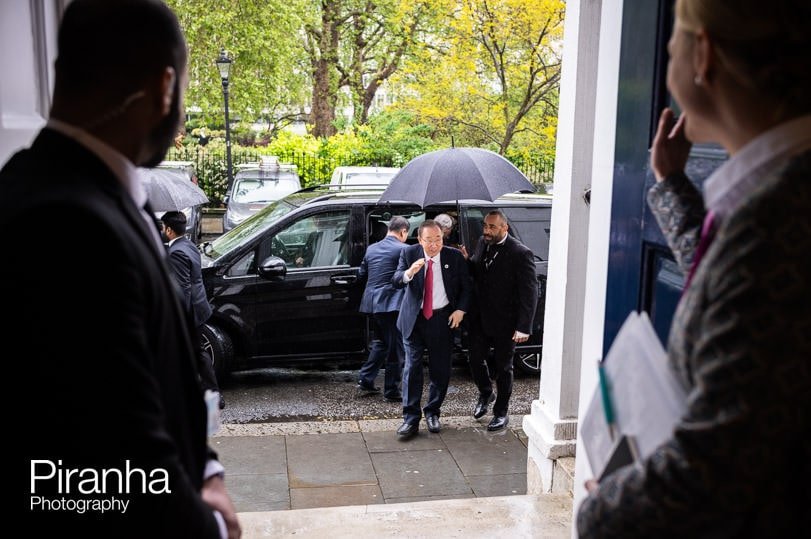
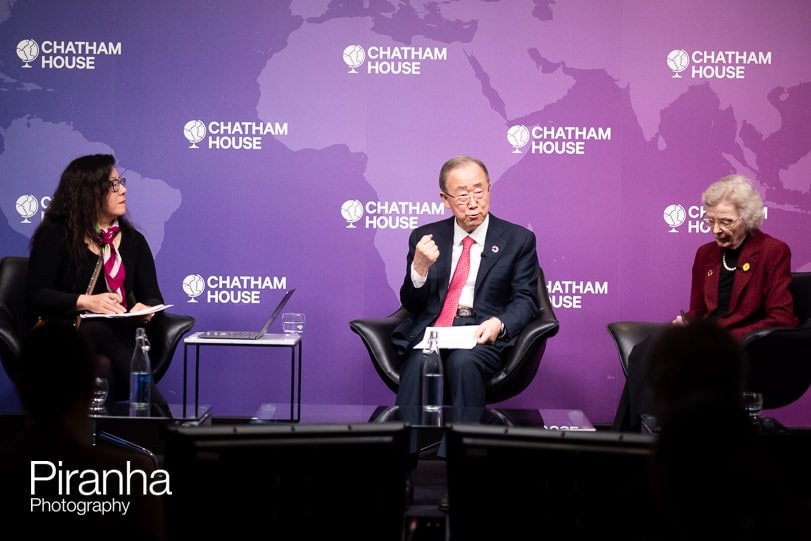
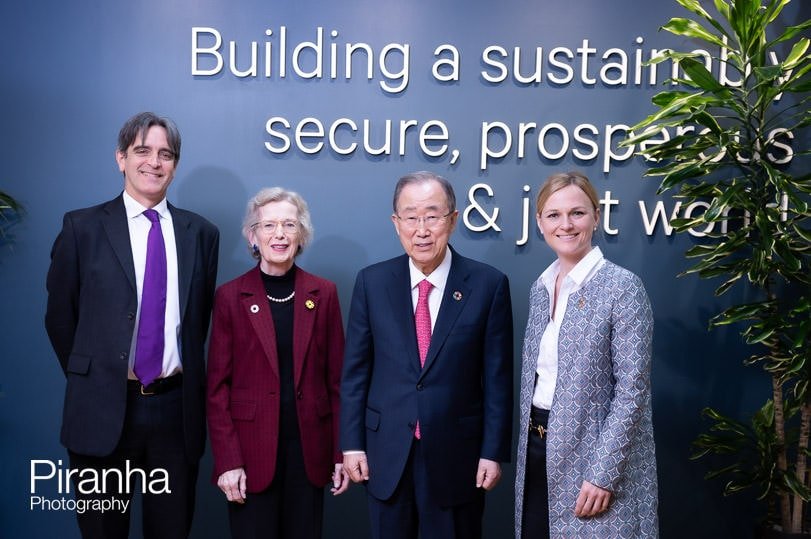
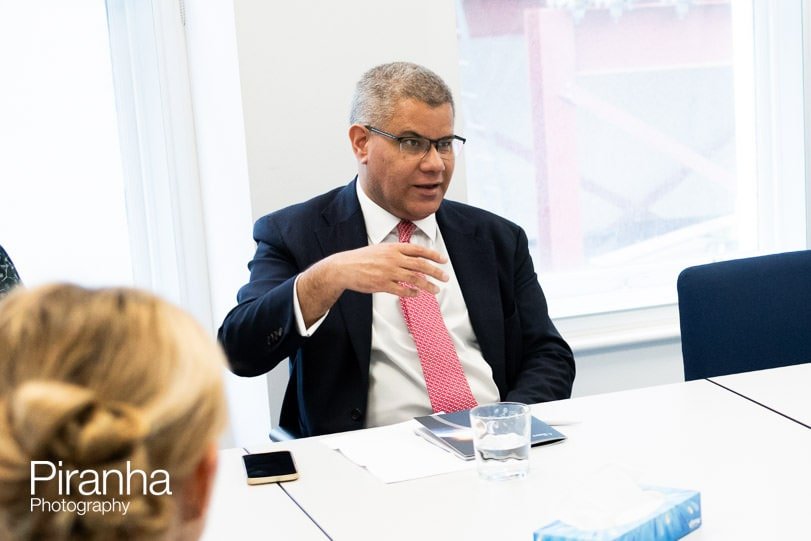
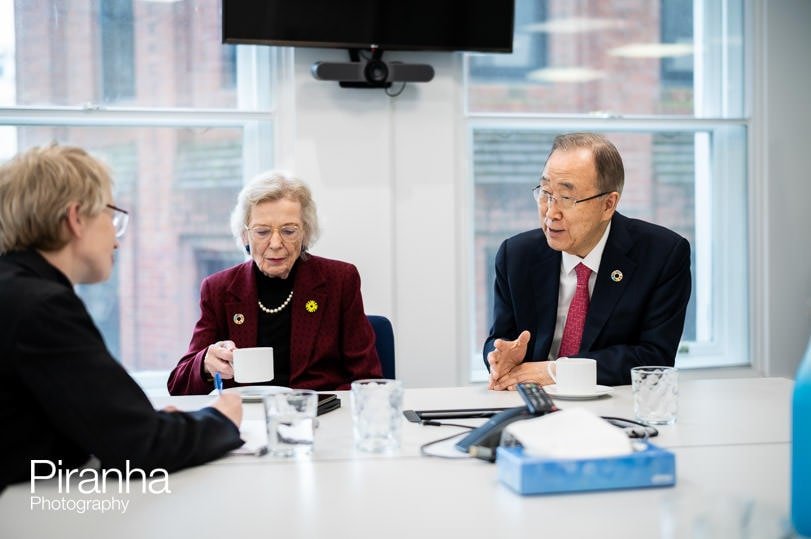
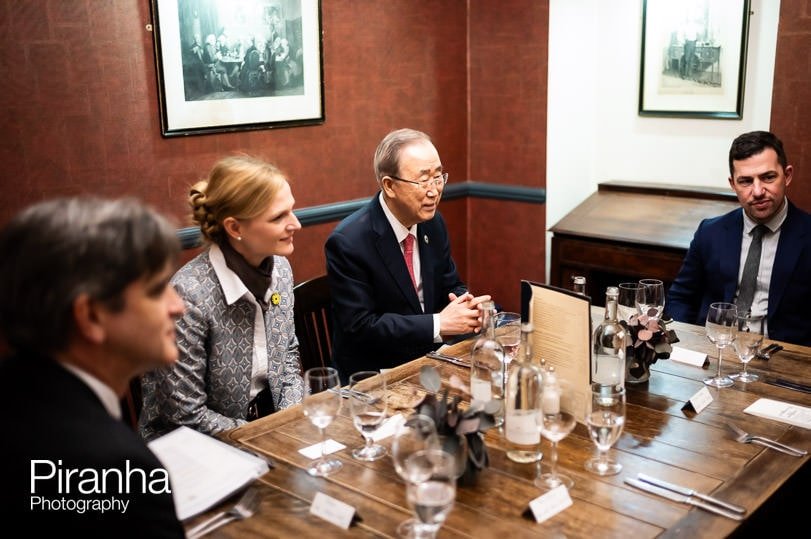
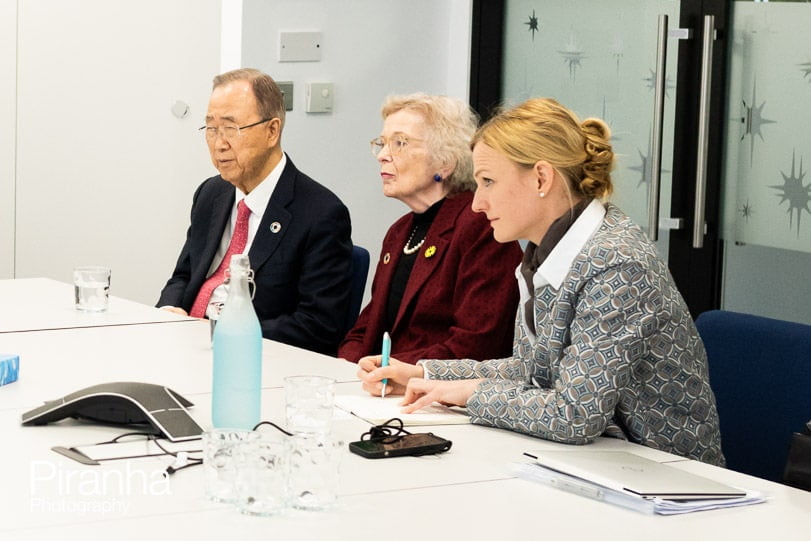
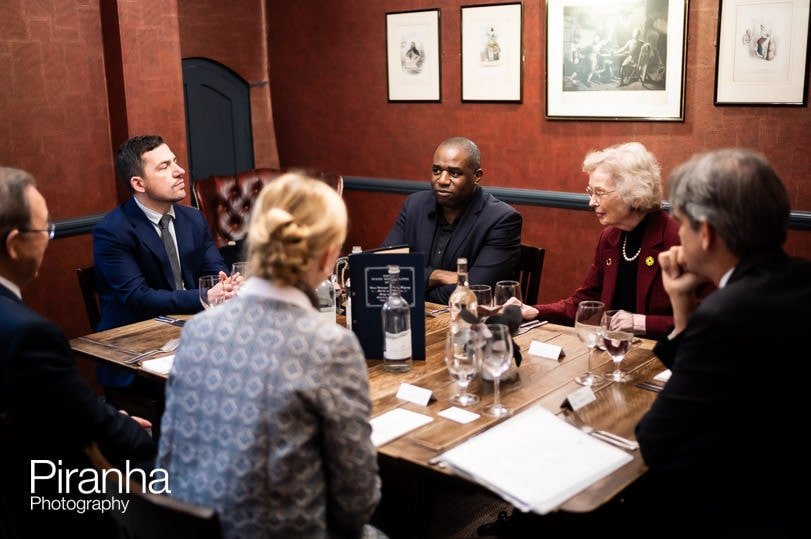
Photography and Video for Ban Ki-moon Centre for Global Citizens
Piranha provided both photographic and video coverage of this meeting in London.
The event was attended by Ban Ki-moon, Mary Robinson, Sir Alok Sharma and David Lammy at Chatham House.
The conversation was to discuss the UK’s global goals and climate. The focus was on the climate crisis which is intensifying and how countries must adapt particularly agriculture. Investment needs to grow to help developing countries transition to low-carbon economies.
The photography and highlights video appeared on LinkedIn in a number of posts reporting on the day.




